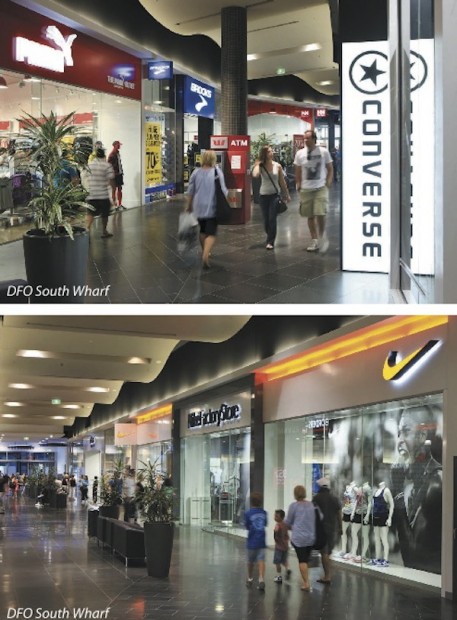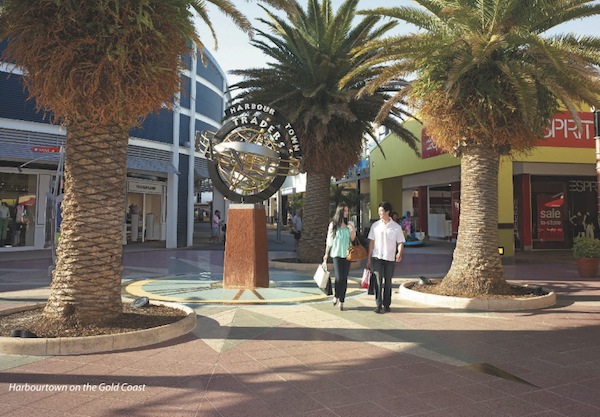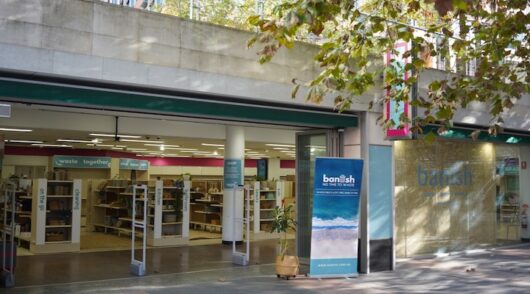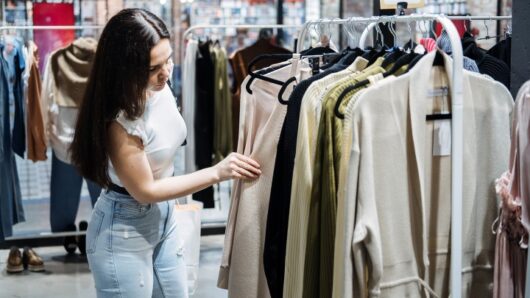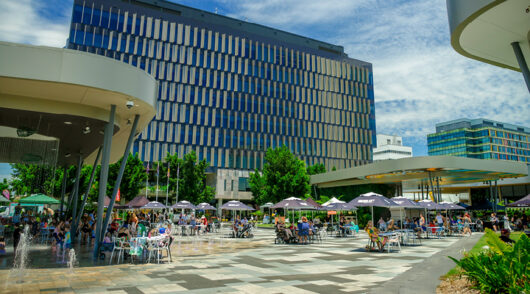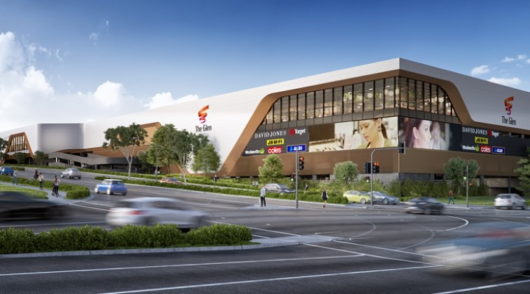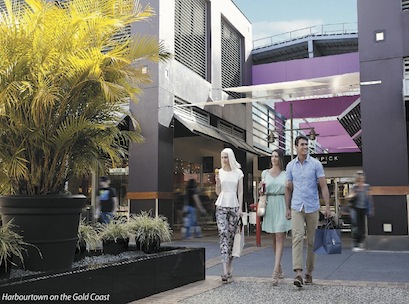 Bargains, bargains, bargains. You’d be hard pressed to find somebody who didn’t at least secretly love snapping up something on the cheap.
Bargains, bargains, bargains. You’d be hard pressed to find somebody who didn’t at least secretly love snapping up something on the cheap.
First emerging from the US as a significant retail trend in the 1980s, outlet centres were designed around this innate human quality.
Typically suburban sites with large footprints and basic fitouts, outlets are based on offering shoppers what marketeers dub a ‘value proposition’.
For retailers with outlet stores, this can mean anything from selling last season’s unsold stock through to designing fresh items tailored to a lower market.
When done right, the resulting retail experience can be one long Boxing Day. Done badly, however, and outlet shopping can end up something decidedly un-aspirational.
How local outlets went wrong
Ask most Australians about the local outlet centre shopping market of the last two decades and you’ll likely get mixed emotions.
Old stock, weird sizes, and screaming babies sometimes appear to come with the territory of hunting for that elusive bargain.
“The trouble with outlets in Australia is that they’ve usually had a cheap feeling to them,” says Michael Baker, shopping centre analyst, Baker Consulting.
“There’s nothing really exciting about the brand experience. The [retail tenancy mix features] a lot of local brands with a few international players, but nothing very innovative,” Baker says.
While a little more upbeat about the sector, Michael Gorman, fund manager at Colonial First State Global Asset Management (CFX), also says that many local outlets have suffered from problems.
“They weren’t very well managed and the retail mix wasn’t very invigorated,” says Gorman of the state of four Direct Factory Outlet (DFO) centres bought by CFX in 2010.
First launched in 1997, the Austexx Group-owned DFO became synonymous with outlet shopping in the country before nose diving into financial woes at the end of last decade.
Gorman says the centres it acquired were struggling with constrained supply, as well as a lack of focus on the basics, like good quality bathrooms and food courts.
Supply and amenities are also an issue for Baker, however, he says the problem is more entrenched with the sector needing a drastic mentality shift.
“People’s perception of outlets has changed a lot recently with across the board discounting [in wider retail due to the GFC]. Outlets can’t get away with business as usual.”
He says local outlets need to focus more on international drawcards or an “aspirational factor”, rather than just offering consumers a bargain bottom line.
“The brands in Australian outlets are really just middle market brands right down to the end of the street,” he says of most current tenant mixes.
Getting it right
One market that is really starting to get outlet shopping right is the US, where bargain hunting has evolved to something almost resembling a day at the local theme park.
Rather than using them as “a clearance or dumping group”, says Baker, US brands are drawing in customers with product that’s tailor made for outlets.
“What you’ve got is product that’s a lower price because it’s made to lower quality specifications – for instance it will have no inseams.
“You sell it at a lower price. You don’t discount it. The margin is stable. It really tries to target a different audience.”
Some major brands taking this approach at US outlets include sports apparel retailers Nike and Reebok and lifestyle brands Gap and Ralph Lauren.
“This means people don’t sniff at [product] because it didn’t sell elsewhere and nobody wanted it. And that’s how outlets got into trouble to begin with,” says Baker.
Overseas outlet centres are also focusing heavily on drawcard retailers, with one increasing trend of department stores setting up smaller footprints.
Macy’s, Bloomingdales, and Saks Fifth Avenue are some names investing is this trend, with the latter coming up with the playful name of Saks Off Fifth.
Iconic retailer, Macy’s, left nothing to the imagination when it decided to set up shop in Illinois’ behemoth outlet centre, Gurnee Mills, last year.
Its 14,000sqm ‘hybrid’ store offers discount, outlet tailored, and full-priced Macy’s stock, and sits alongside retailers like H&M and luxury brand Neiman Marcus’ outlet version, Last Call.
“[American outlet centres] overall are starting to look more like an out of town regional shopping centre,” says Baker.
While it’s still very early days, it looks like this international reinvigoration is starting filter down to Australian outlet operators as well.
Who’s leading the change
When CFX decided to purchase four DFO centres two years ago, it realised that some things needed to change fast.
“Since we bought the four DFO outlets we have been seeing more luxury retailers being brought in,” says Gorman.
Late last year Homebush DFO saw the arrival of menswear label, Ermenegildo Zegna, and Armani, with the centre’s pending $100 million renovation likely to add more luxury names.
The group is also focusing significantly on updating centre amenities, with renovations across the portfolio to its food courts and bathrooms.
This decision appears to be having a positive effect. Last year’s annual sales growth for CFX’s DFO portfolio was 5.1 per cent compared to its mainstream centres at 1.9 per cent.
Keith Chalmers, GM of Harbour Town Centre Management, which has four outlets in the country, is also keen to beckon in a new era and new reputation for his sector.
He says retailers’ mindsets have changed, with brands now “investing heavily in staff training and merchandising to ensure stores look great and are consistent with their brand”.
“It’s about capitalising on an opportunity and offering a first class shopping experience rather than simply clearing leftover stock.”
Chalmers also says the international trend of tailored outlet stock is arriving in Australia, with some of Harbour Town’s retailers using this tactic for “many years”.
For instance, women’s fashion chain, Cue, produces a lower end diffusion, Cue in the City, for Harbour Town centres, as does another ladies brand, Portmans.
Adjusting to local circumstances
Despite recent movements, it’s a sad but true fact that local outlet centres will always have a hard time emulating the tactics of international players.
CFX’s Gorman says he doesn’t expect many local brands to embrace the US trend of tailormade stock for outlets, with economies of scale making it unviable for most.
Instead, he says that isolated retailers will have to do what they’ve always done: adjust to local consumers and new circumstances.
Harbour Town’s method involves embracing prayer rooms, group tour meet and greets, luggage minding services, and further discounts for out of town visitors.
Chalmers hopes this tactic – essentially targeting tourists – will tap into the $9 billion that Tourism Australia estimates Chinese visitors will spend here by 2020.
So are things improving?
Michael Baker says some centres are starting to see growth from new ways of thinking, with the retail analyst excited to see big name players like Colonial investing in outlets.
“I take it to be a very good sign. I think they’ll push up the global focus and start some convergence. Australia needs better merchandise and better quality stock,” he says.
“You’re beginning to get really professional management and good relationships with big retailers in the outlets. I think there is change in store.”
This story originally appeared in Inside Retail Magazine. The August/September issue, featuring exclusive coverage of the 2013 Westfield World Retail Study Tour is available now. For more information, click here.

